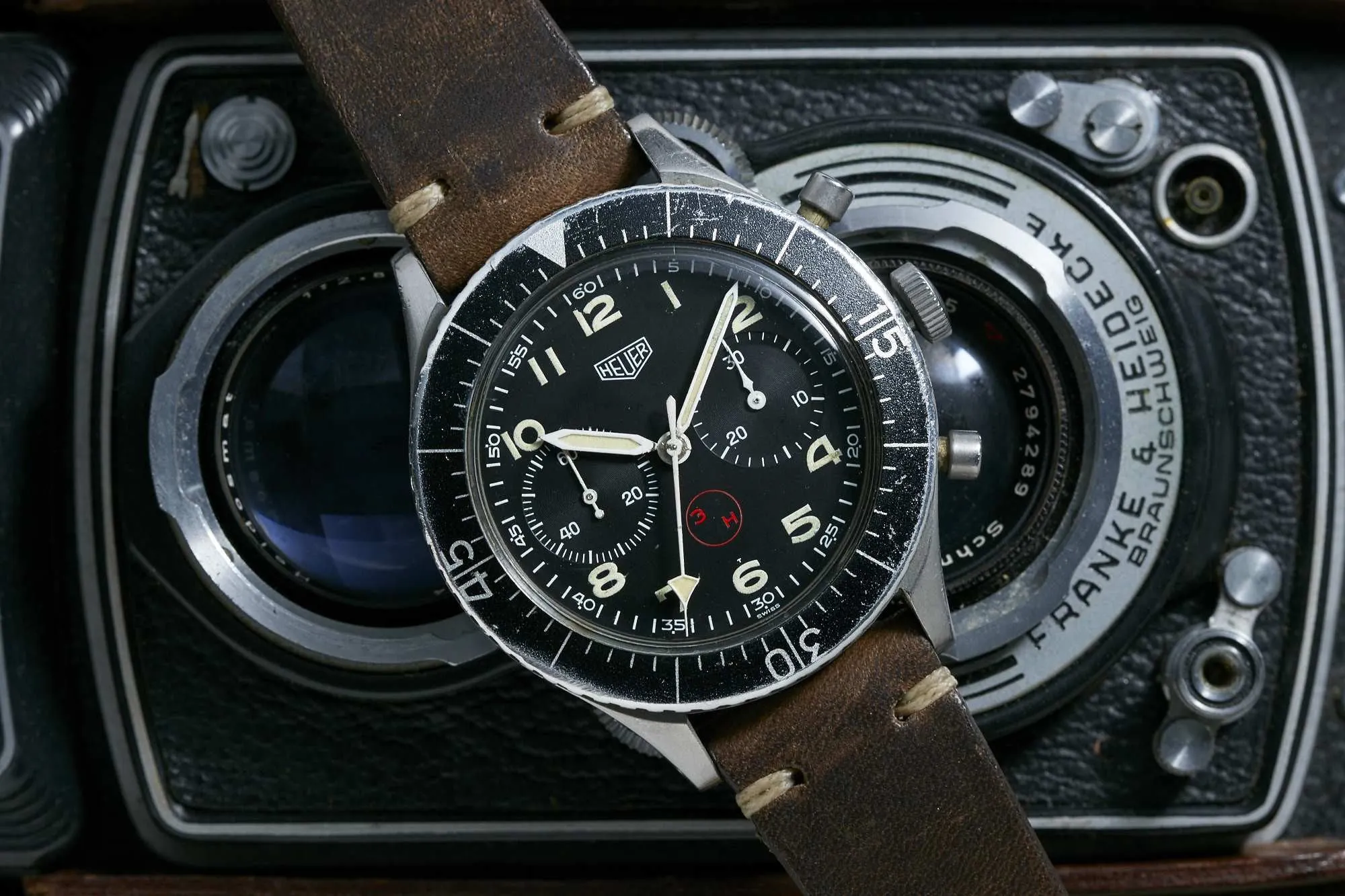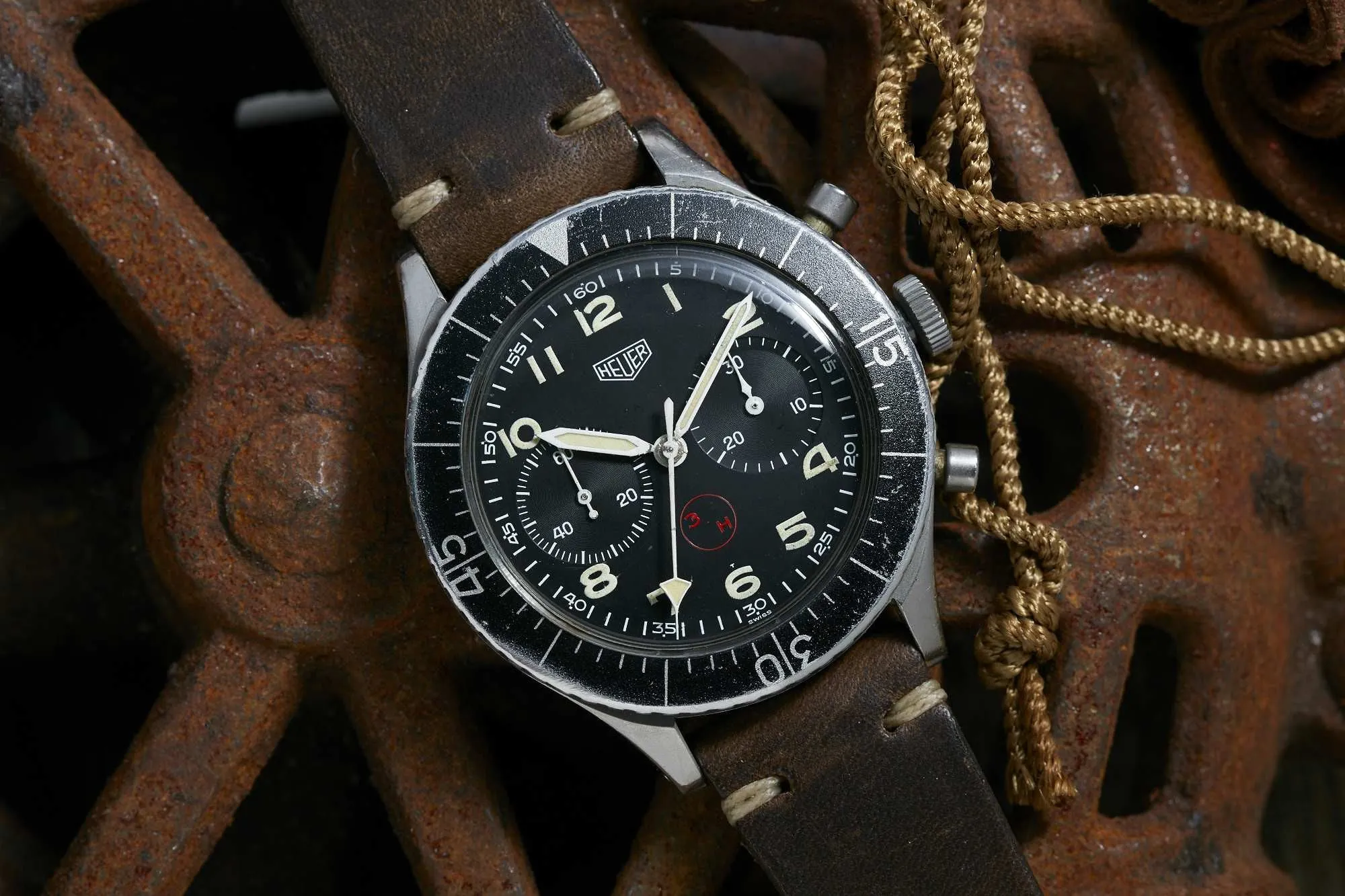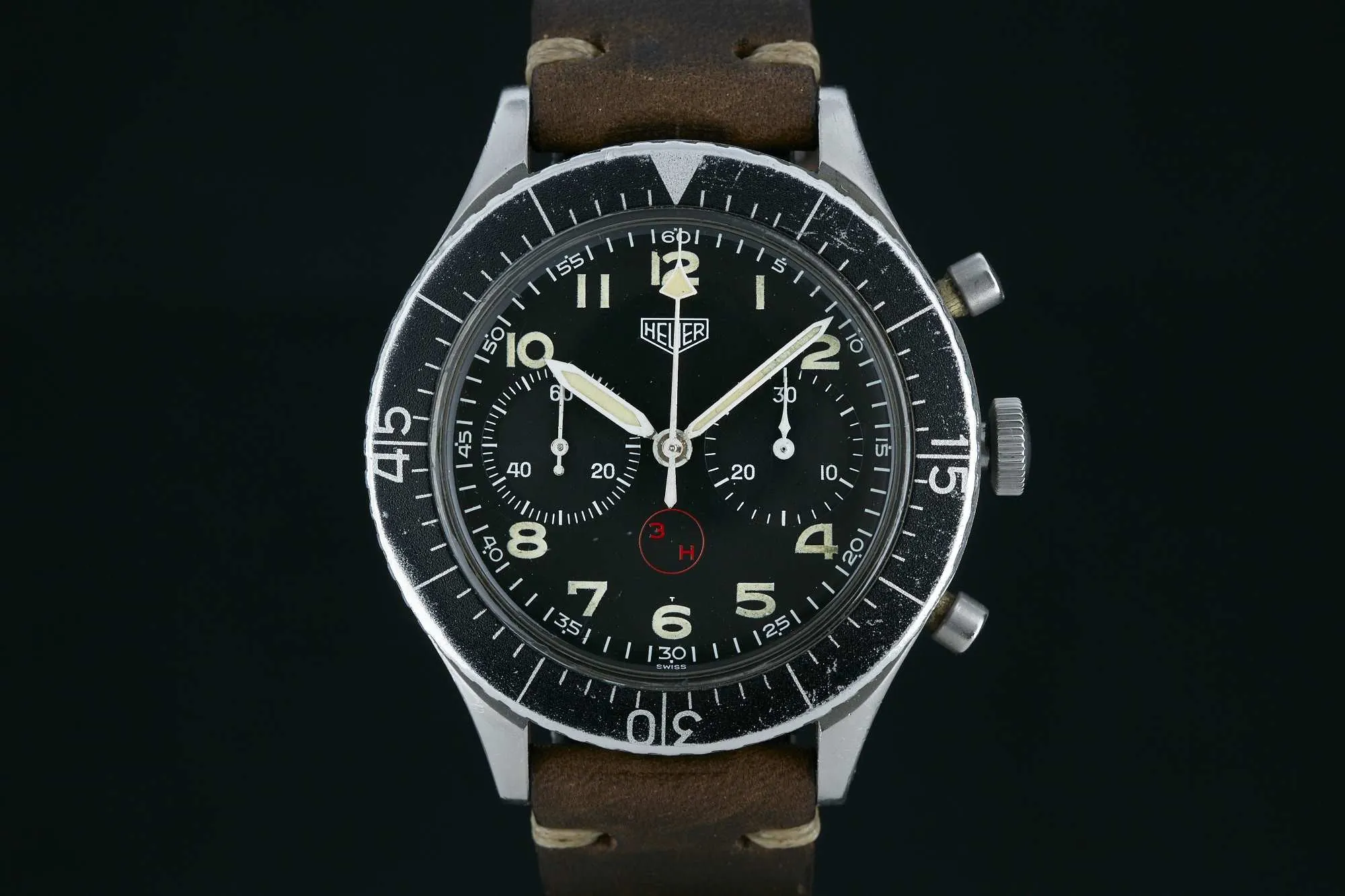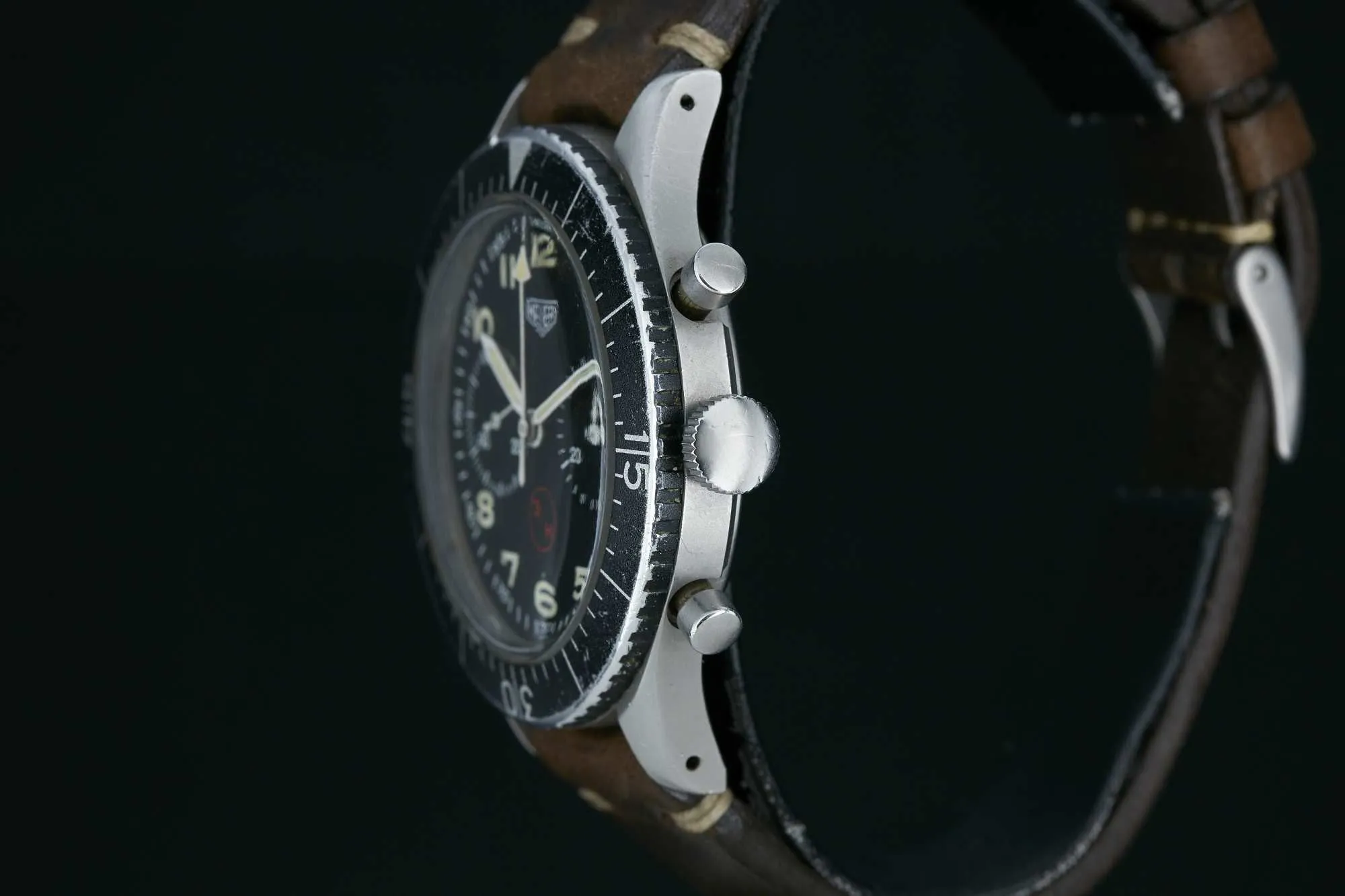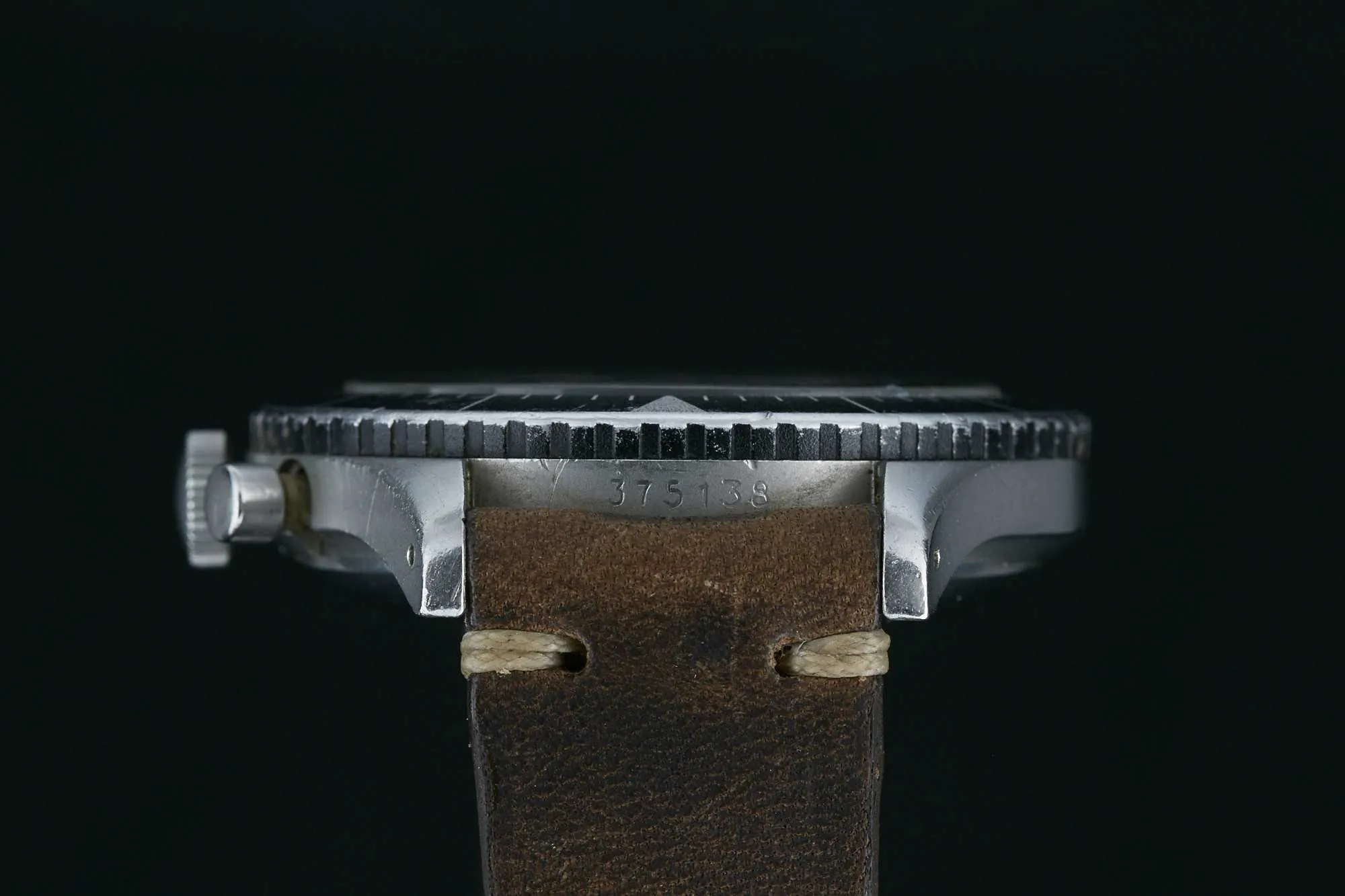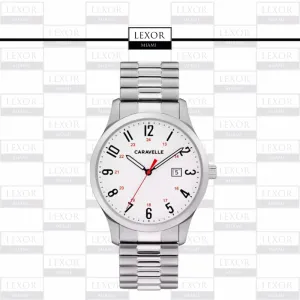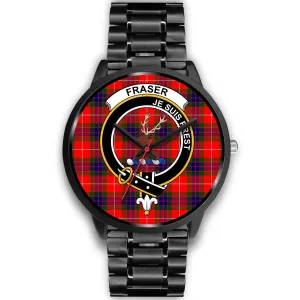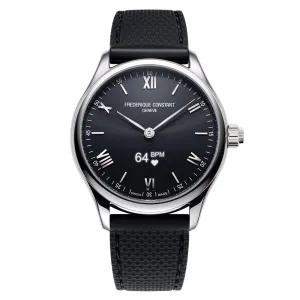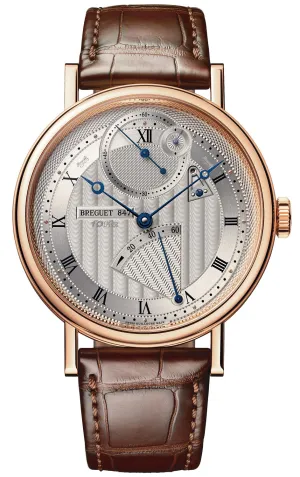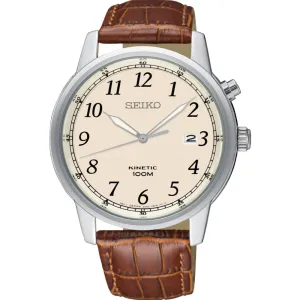Product Details
+Military watches are an endless source of fascination, with their spartan designs that exude toughness--both inside and out. From the First World War to the present day, manufacturers from to have produced timepieces for the armed forces. Many of these designs have gone on to become legendary in their own right. Much has been made of the "WWW" produced by twelve manufacturers during World War II (the Dirty Dozen), or of the Mark XI watches produced by Jaeger-LeCoultre and . But in the realm of pilots' watches, there's another Fliegeruhr that has attained a kind of cult-like status among collectors: the Heuer Bundeswehr.
Like the IWC/JLC Mark XI, the Heuer Bundeswehr was designed for the sole purpose of use in military aviation. It was General Issue for pilots in the air forces of many nations (including the Italian Air Force, under the brand Leonidas, which Heuer acquired in the 60s) but is best-known for its use by the Luftwaffe of West Germany. From the 1960s to the 1970s, the "Bund" (as it's affectionately known) saw a range of dial configurations that baffle those not in the know; fortunately, the Heuer experts over at have complied a comprehensive overview of these variations, which we'll summarize here.
There's one tell-tale sign that a Bund might have seen military service (or, to put less fine of a point on it, is from the period in which the Bund was issued to the Luftwaffe). It's one little symbol, in bright red above 6 o'clock on the dial: the letters "3H" surrounded by a circle. This indicates that the luminescent material on the numerals is tritium (Hydrogen-3). As one can tell from OnTheDash's breakdown, the 3H symbol came in four different variations, with the characters in varying sizes. However, no matter the size of the 3H symbol, it meant one thing: the watch can be dated to the 1960s to 1970s.
The Bund that we offer here, with the requisite 3H symbol, is echt Bund--in short, echt everything you want a pilot's watch to be. The dual subregister layout of the dial is highly legible, in the way that the most iconic pilot's watches are: the chronograph registers are symmetrically-arranged on a horizontal axis, offset by the Heuer logo at 12 o'clock and the 3H symbol at 6. The numerals are big and bold, encircled by a 60-minute chapter ring.
And the monocoque case is, as you'd expect, nothing short of hefty. At roughly 43mm it dominates the wrist, at home on nylon or on the more traditional leather Bund strap. Like the Autavias of the period, the case is crowned by a rotating 60-minute bezel.
As with many military watches, the Bund is a front-loader, with the movement being secured by the screw-mounted case back that is attached to the bezel. The Bund, being a manually-wound flyback chronograph, used a host of Valjoux movements, from the Valjoux 22 to the cal. 220 to the cal. 230. Sturdy, dependable, it's the sort of watch you want strapped to your wrist whether you're dodging enemy fighters at 35,000 feet or engaged in more terrestrial pursuits.




